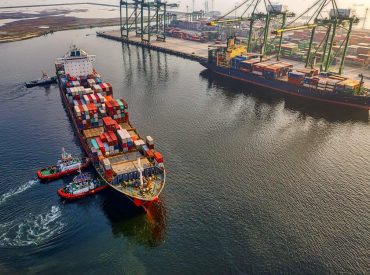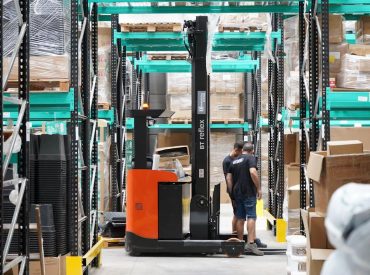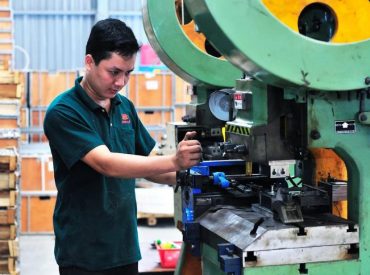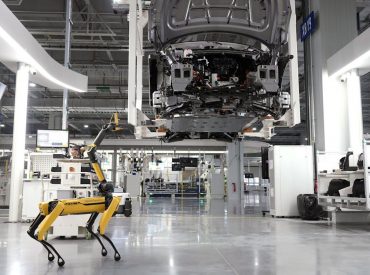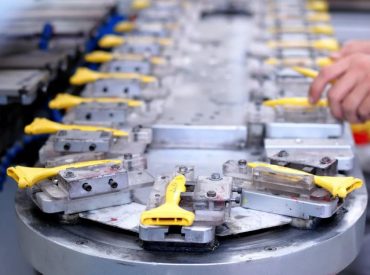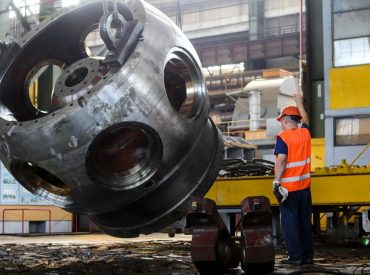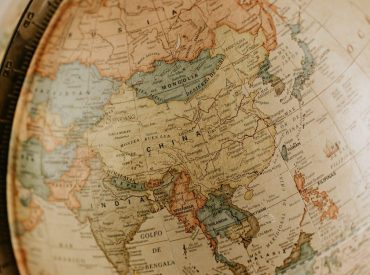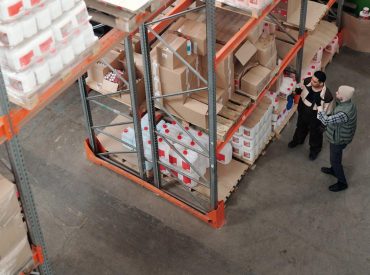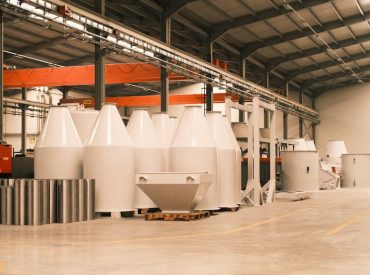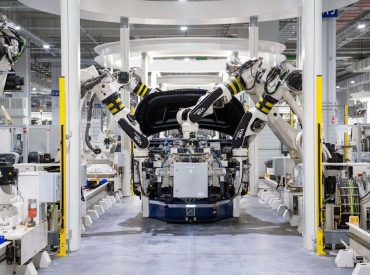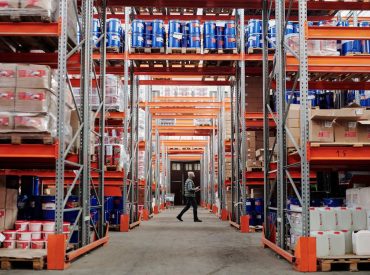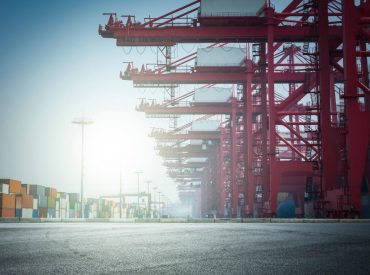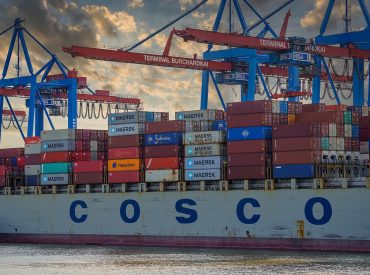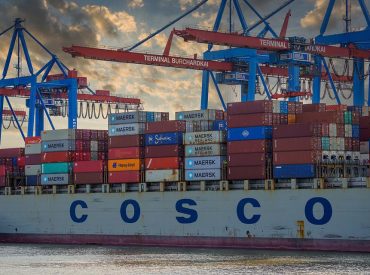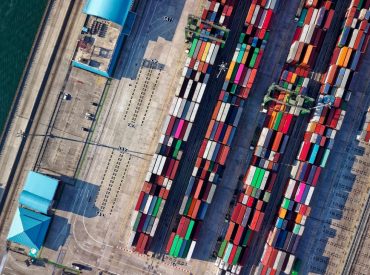Cost-Efficient Manufacturing: Why Outsourcing to India Makes Financial Sense
All those planning to ease their business operations, cut costs, and earn more revenue often outsource their major tasks to different countries. Among the many options, India stands out as a leading destination, particularly in manufacturing.
The question is, what makes this country a favourite destination for many foreign companies that only want to outsource their manufacturing to India? Is it cost-effective? Or the expertise of the pool of labour available there?
Let's find out!

What makes India the popular destination to outsourcing?
Although China, Japan, and Phillips are giving tough competition to India, it is the most preferred one. Many firms from the US and England prefer India over other South Asian countries for outsourcing.
That's mainly because India's ability to deliver a unique combination of reduced costs and high-quality services appeals to many firms from all over the globe, and that's why they prefer picking India over other countries.
Since they know that to optimise their production processes, they cannot rely on other Western countries because the cost these countries charge is too high. India's labour costs are significantly lower than those of Western countries.
Besides, India has a talented workforce, especially in engineering, technical services, and manufacturing. Companies from other countries can get high-quality work done in India for much less than they would pay elsewhere.
In addition, there are many other significant advantages of relying on India's manufacturing outsourcing sector, which we will discuss in the next section.
How does outsourcing to India help firms cut costs?
Outsourcing manufacturing to India can help companies save significant costs that incur huge rates over time and benefit from higher productivity. Here's how:
Lower labour costs:
The number one reason why India tops the chart for outsourcing manufacturing is that the average labour cost here is relatively low. Compared to the US or other major Western countries, their high cost of living makes it challenging for companies to collaborate and hire them for manufacturing work. When you take into account all the various factors that affect an employee's total cost, such as taxes, competitive pay, equipment required for effective job performance, fringe benefits, and other incentives (particularly for a higher-level position), the cost of labour in the United States can be pretty high.
Reduced operational expenses:
Beyond labour, operational costs in India are quite lower when compared to the US, China, or Japan. Real estate, utilities, and equipment are much cheaper in India, automatically reducing operational costs and allowing companies to set up manufacturing facilities without incurring heavy expenses. Also, buying raw materials is more affordable here because of the local solid supply chain network, which reduces production costs.
Government incentives and favourable policies:
The Indian government favours foreign investment and promotes the entry of foreign countries into India. Programs like "Make in India" provide many advantages, such as lowered import taxes, easy corporate procedures, and tax advantages. These regulations reduce the expenses of manufacturing facilities in India while making it more simple for international businesses to set up and operate there.
Economies of scale:
Due to India's extensive industrial network and large workforce, businesses can expand their operations effectively. Increasing production volumes while maintaining low additional costs is a significant benefit for companies that want to produce large goods. Because of this scalability, they can reduce expenses per unit and increase total profitability.
Maintain long-term relationships:
Getting work done by Indian people is like getting a reliable friend for life. Indian professionals love to see you succeed, so they work wholeheartedly to help you in your project and your entire life. Their long-term perspective influences how they carry out projects, with an emphasis on scalability and flexibility to meet evolving business needs. This dynamic approach ensures that their solutions can address future challenges.
Faster turnaround times:
India's time zone is different from the US and Europe, which helps companies there a lot. When they have factories in India, they can run a production cycle of 24 hours even when it's nighttime back home! This allows firms to reduce lead times, speed up manufacturing, and accelerate product delivery to the market. Thus, faster turnaround times enable companies to stay competitive and responsive to customer demands.
Overall, outsourcing manufacturing to India is highly beneficial for companies from financial and all the other aspects.
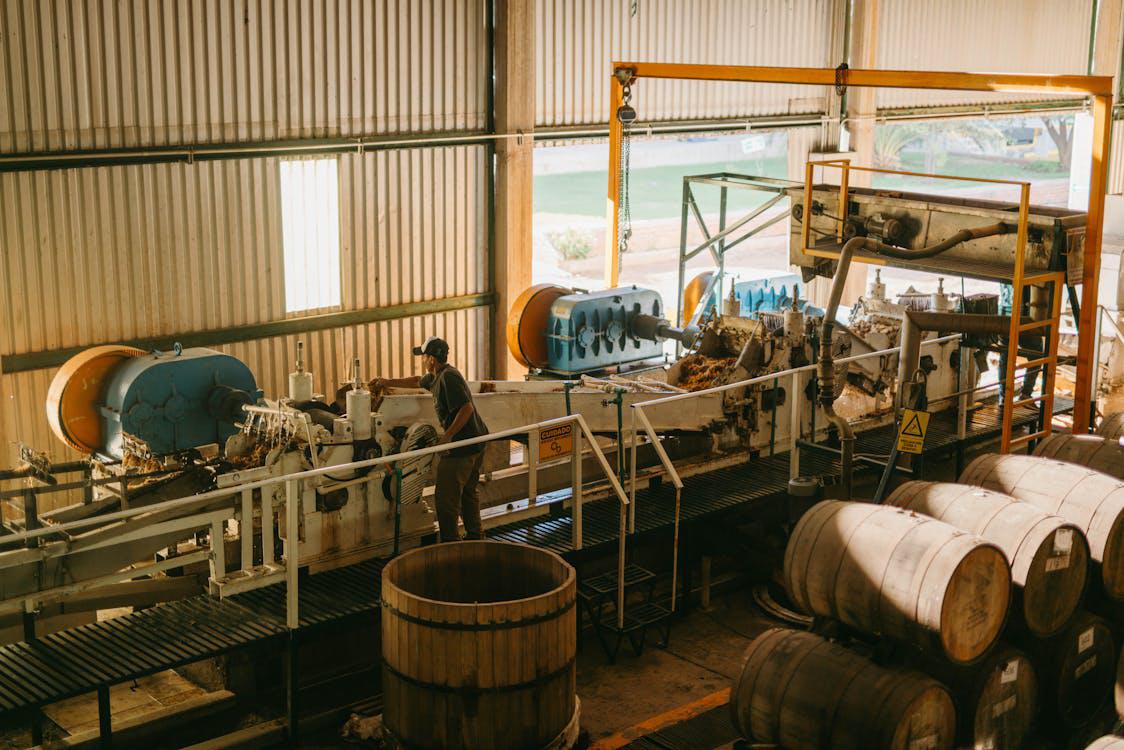
India vs other manufacturing countries
When comparing India to other popular outsourcing destinations like China, the Phillips, and Vietnam, several factors come into play:
Labour costs
: India is still quite competitive even though all four nations have cheaper labour costs than Western markets. Vietnam and the Philippines can have slightly lower labour costs, but India has a more skilled and specialised workforce, particularly in technical and manufacturing industries.Infrastructure
: China tops the infrastructure sectors because of its advanced ports, industrial zones, and transportation networks. With upgrades to its ports, roads, and electricity supplies, India is rapidly catching up, while Vietnam and the Philippines continue to lag.Language proficiency
: The high number of English-speaking people in India makes it highly popular among English-speaking countries. Many US-based and England-based companies rely on India, for that matter. English is also widely spoken in the Philippines, but China and Vietnam frequently struggle with linguistic difficulties that make collaboration difficult.Political stability
: Democracies in India and the Philippines are comparatively stable. China has come under scrutiny because of trade disputes and restrictions, despite its political stability. Even though Vietnam is stable, some international investors might be concerned by its more regulated political climate.Ease of doing business
: Although the business climate in India has improved, China continues to provide international companies with efficient procedures. However, India is becoming a more alluring choice as it works to enhance ease through government changes.
Thus, these were some highlights of the key differences between India and other countries. Through this section, we can see why several organisations choose the former country over others.
The Takeaway
In this blog, we see that India has become a premier choice for manufacturing outsourcing by different organisations worldwide. Many companies that want to support their core team and save money on manufacturing often decide to have their products made in this country instead.
If you are looking for a reliable and trustworthy company for the same aspect, visit Refteck. With their advanced technology and expertise, they offer clients an exceptional procurement and supply chain experience.













